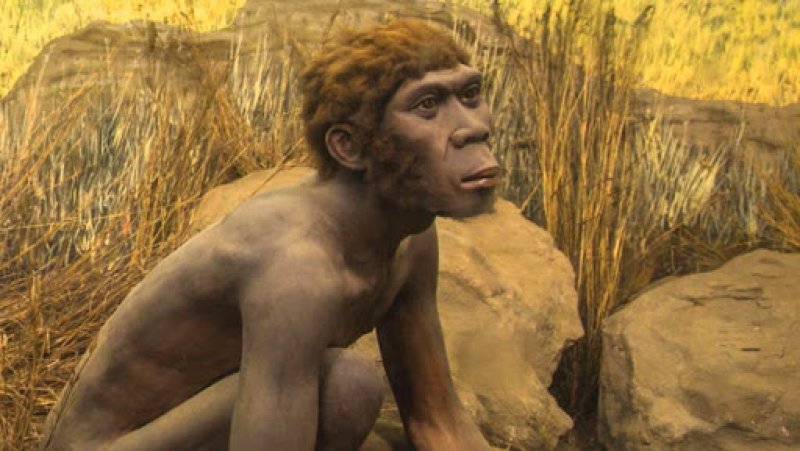Fossil evidence of [Homo floresiensis and Homo luzonensis found in Southeast Asia], described in 2004 and 2019 respectively, suggests these island-dwelling humans stood no taller than around 3 feet and 7 inches (109 centimeters), a possible consequence of insular dwarfism—an evolutionary process in which the body size of a species shrinks over time as a consequence of limited access to resources.
…
Denisovans—a sister group of Neanderthals—reached the area some 50,000 to 60,000 years ago, but archaeologists have yet to uncover a shred of fossil evidence related to these so-called “southern Denisovans.” That’s obviously weird, given the overwhelming genetic evidence that they lived in this part of the world.
[A new] paper co-authored by anthropologist Chris Stringer from the Natural History Museum in London, suggests modern humans interbred with Denisovans but not H. floresiensis or H. luzonensis.
That’s an important result, because it could help to explain the presence of the diminutive humans, who died out around 50,000 years ago, in this part of the world.
Excitingly, it could mean that these “super-archaics,” in the parlance of the researchers, “are not super-archaic after all, and are more closely related to [modern] humans than previously thought,” explained [researcher João] Teixeira, a population geneticist, in an email.
In other words, H. floresiensis or H. luzonensis might actually be the elusive southern Denisovans.































